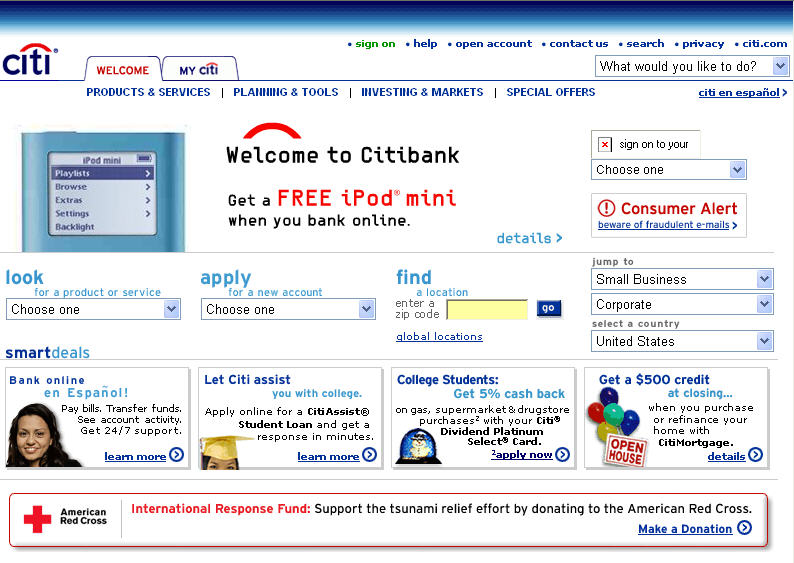Building on last year's FTC study, Javelin Strategy & Research and the Better Business Bureau, released the latest study of financial fraud and identity theft in the United States. A similar level of fraud was found in the late-2004 polling compared to the FTC survey fielded in mid-2003.
 Both studies found that just under 5% of U.S. adults, around 10 million, had been victimized in the prior 12 months, with total losses, primarily to financial institutions, of about $50 billion.
Both studies found that just under 5% of U.S. adults, around 10 million, had been victimized in the prior 12 months, with total losses, primarily to financial institutions, of about $50 billion.
One of the major conclusions is that consumers are more likely to be victimized through offline methods compared to online methods, leading Javelin to conclude in their press release:
Internet-related fraud problems are actually less severe, less costly and not as widespread as previously thought.
However, this conclusion that is disputed in Bob Sullivan's MSNBC article by both Gartner's Avivah Litan and FTC attorney, Lois Greisman.
Here are the key findings:
How was your personal information obtained (i.e. stolen)?
6% via online methods
36% via offline methods
58% don't know
There are two ways to look at those numbers.
The Javelin take: Of those that know how it happened, offline identity theft outnumbers online identity theft 6-to-1, so let's not overstate the online threat.
The Gartner take: In consumer research, much of the online fraud will be self-reported in the "do not know" category, so the data is inconclusive. Avivah Litan says in the MSNBC article:
The general population doesn't really know how the information is stolen especially, with credit card fraud. If you do have a good guess, it usually is because you are in a fight with family member or neighbor. The study is biased towards people who know how it happened.
Our Take
Anytime you have a survey where the majority of participants select, "don't know," it is difficult to draw precise conclusions.
We think these results are promising for the fraud-fighting potential of the online channel, but they don't vindicate it either.
If you assume that the same 6-to-1 offline/online ratio applies to the "don't know" category, that means about 10% of last year's identity theft occurred via online methods, or 1 million cases costing $5 billion dollars.
Regardless of what the analysts say, that's a problem that needs fixing.
— JB
Resources:








